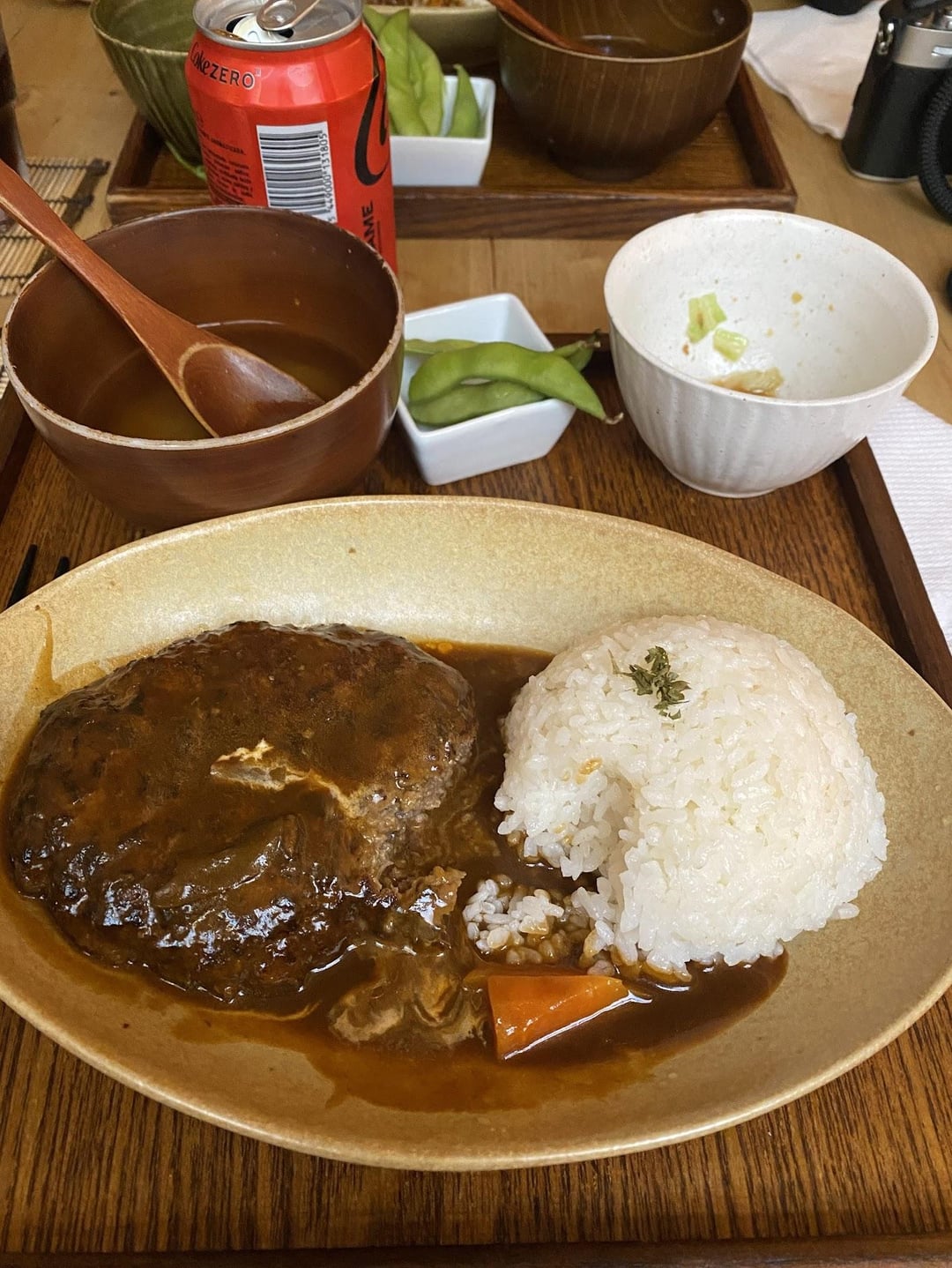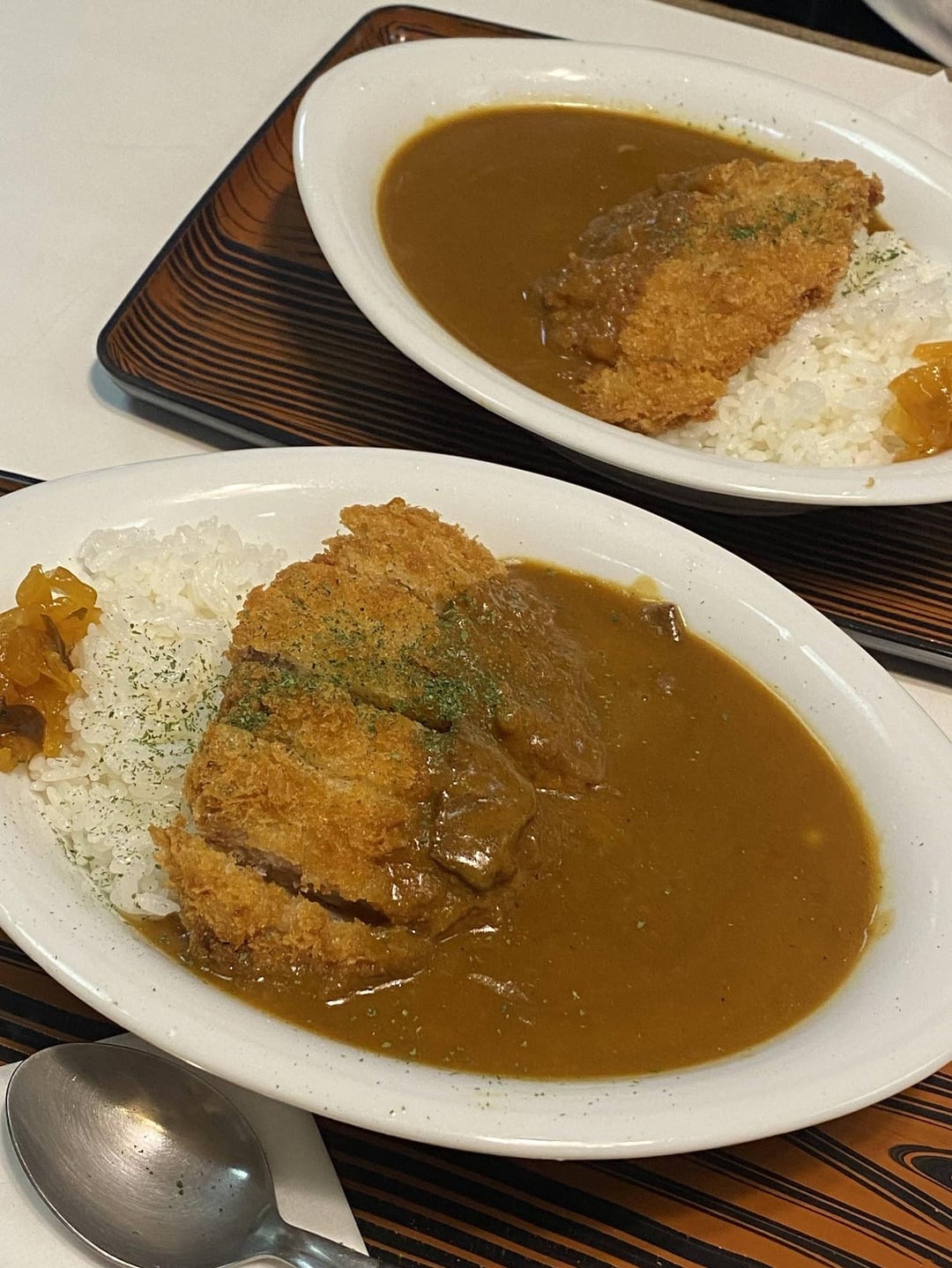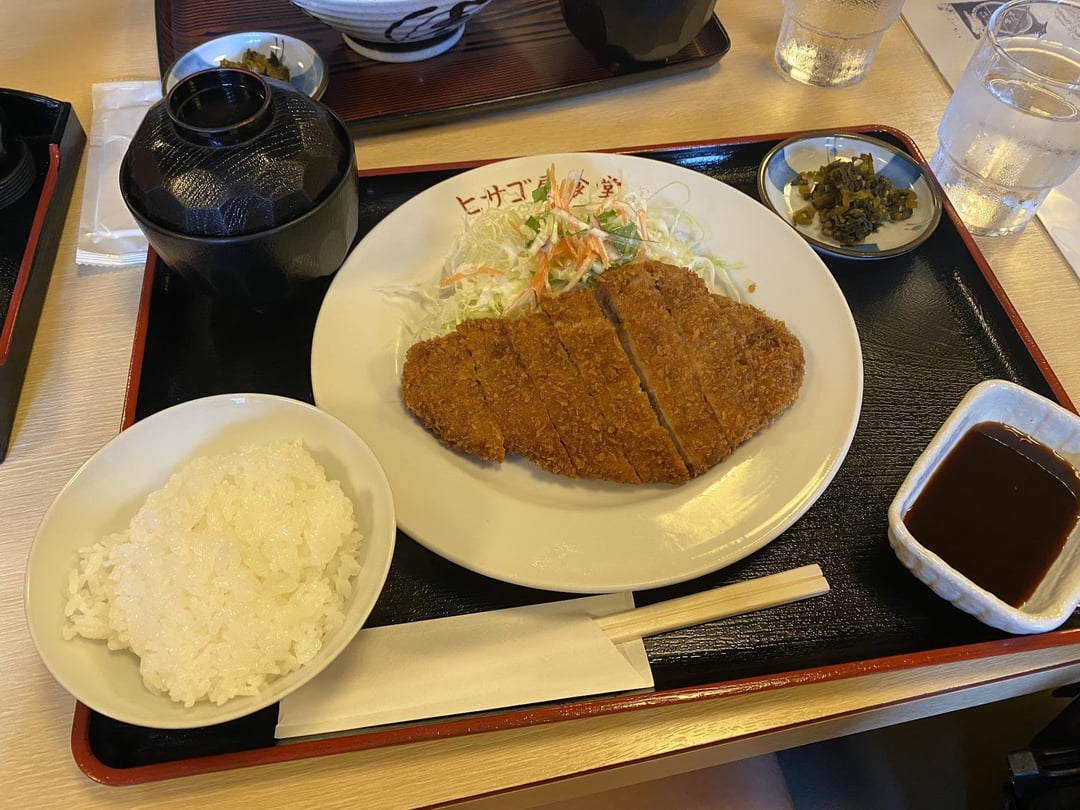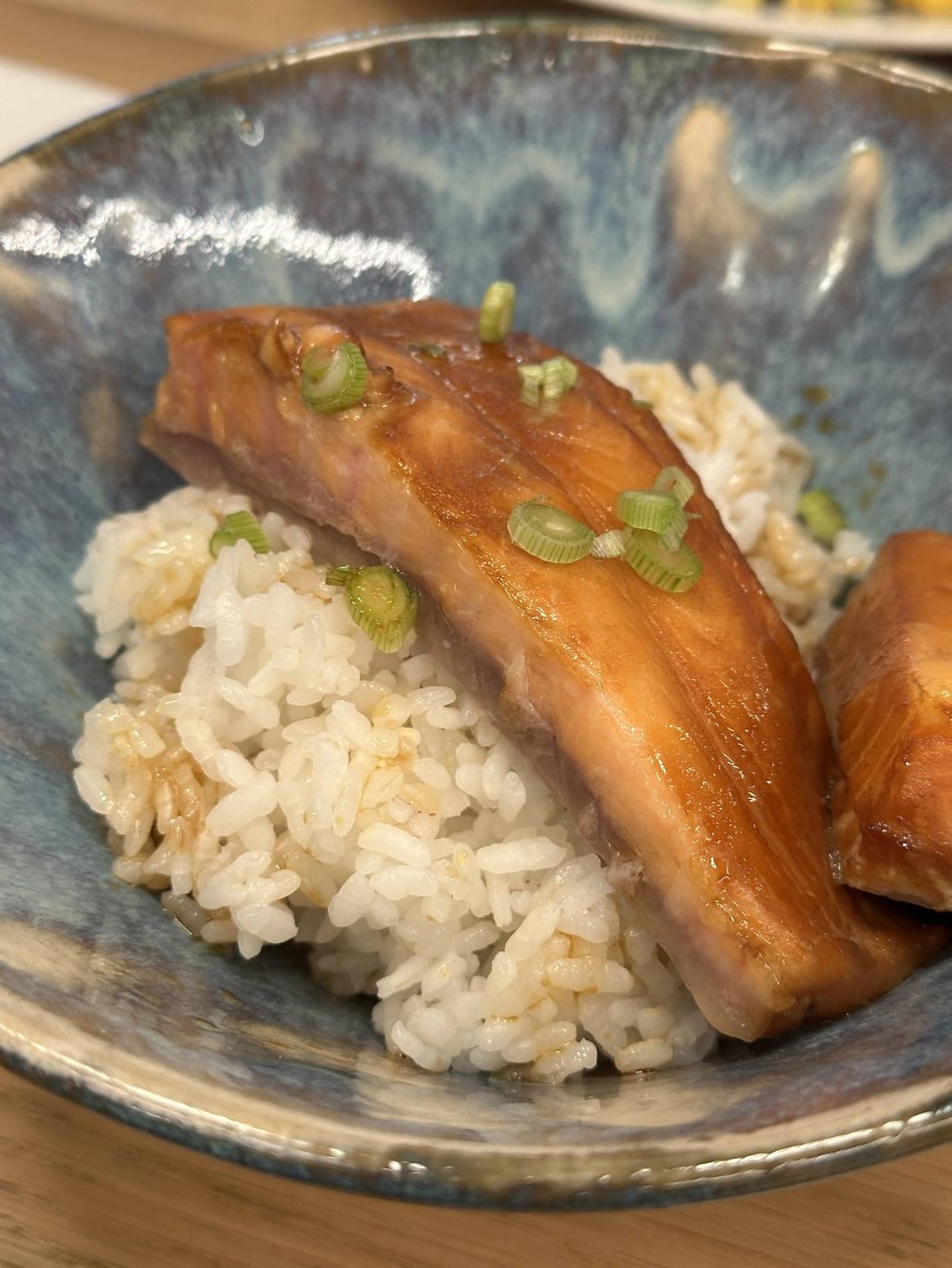



I’ve been trying to make really good white rice at home using my Yum Asia Panda Mini rice cooker. I’m based in Spain, and I’ve tested a few rice types: arroz bomba (from Valencia), some sushi rice brands available here, and basic short-grain white rice.
It’s… fine. But it never comes close to the kind of rice I’ve eaten at a few places that absolutely nailed it, like Usagi in Barcelona or some spots in Kyoto. I’m chasing that ultra-glossy, slightly sticky, pearly rice with great flavor and that beautiful shine.
I’m attaching:
- A few reference photos of rice from the restaurants I mentioned, which I consider perfect
- A photo of how my rice usually turns out (the salmon one)
I already do the basics: I rinse the rice until the water is almost clear, and I use the markings inside the rice cooker bowl to measure water precisely.
So:
- Is the rice variety the key here? Any specific brands I should look for in Europe?
- Could it be water quality, soaking time, or something else?
- Do restaurants use different cooking ratios or methods even with rice cookers?
What am I missing to get that beautiful nacarado rice?
by lady_caballo


10 Comments
“Nacarado…” first time I’m seeing this word, but I know exactly what you mean. What a beautiful word (for a beautiful thing)! In Japanese it’s called “tsuya,” which is not quite as beautiful a word. Anyway…
The rice itself is important. The higher the quality, the better the shine. Why? Because one of the first corners cut in rice production is the drying process. Rice kernels force-dried with hot air will have a rough, cracked surface and will never cook up shiny. Only if the kernels are allowed to dry slowly and naturally will they have that silky feel and glossy finish.
The rice variety is also important. You want a japonica rice. Risotto varieties will also work well, especially Violone Nano, which is in fact a japonica variety. Unfortunately bomba will probably not work well, even though it’s a high quality rice, due to its low levels of amylopectin. I haven’t tried using bomba, so I could be wrong about that.
After you’ve selected the right variety at the right quality, you need to polish it properly. This is the really the most important step in cooking rice if you’re chasing excellence. If you can’t find someone to teach you, you should watch videos of Japanese rice polishing (called “togi”). It’s not just washing. You must rub the wet grains against each other to achieve the best possible surface. The dry polishing done at the rice mill (called “kezuri”) will never achieve that level, you have to polish it by hand while it is wet.
Note that with sushi, you have a bit of a cheat, because you will coat the grains with vinegar that contains sugar, creating a sort of quick-and-dirty gloss. Experienced sushi diners can tell the difference though, and you should really be able to achieve it with just white rice.
Good luck striving for superior nacarado! I’d say it takes a year or so to get good at it, it requires training and practice. It has less to do with the amount of water used for cooking, you should be able to achieve nacarado at different levels of hydration.
Don’t use the lines inside the bowl of the rice cooker to measure water, use the cup you used to measure the rice, and adjust the water for the rice you have (a difference as low as a 1/8 measuring cup of water can throw off the texture of the rice). Different rice needs different amounts of water ; even the same rice, depending on storage conditions, can require more or less water during its lifetime.
Experiment with lower amounts of water and steaming your rice in its own vapor afterwards (Cook -> mix rice to even out humidity -> let it steam covered for 5-10 minutes).
Also the quality of the rice cooker is important, as it might cook the rice a little bit hot and fast, resulting in a more crumbly / broken rice.
Wash your rice in a colander, or if you use the bowl of your rice cooker directly, be sure to empty all the water.
My method uses a pot, but yields perfect rice.
I use sushi rice (very important), I wash it twice, I do 1/2c rice to 1c water. I cook it on high until the water begins to boil, then I change it to a low simmer for 20mins, then I take it off the heat and leave it for 10 more minutes.
use a japonica breed rice, usually short grain. or a glutinous rice type. you want a rather starchy variett to begin with.
youre correct to wash it. but for the first pour, just whisk it for 10 sec with your hand (pretend youre holding a ball in your whisking hand) then dump the water. this is just to get rid of dust and surface dirt.
also, do not wash the rice until the water is clear. you want the water to be slightly cloudy because you still want some starch for pearliness. youre good after 3 to 4 sets of hand whisking, each whisking for about 20 – 30 secs.
like the others have said, measure water not using the grid in the rice cooker, but using what you used to scoop the rice – usually 1 part raw rice to 1.5 parts water/liquid.
finally, add about 1 tbsp rice based wine per cup of rice. rice based wines include nihonshu (aka drinking sake), ryorishu (cooking sake), mirin (sweet cooking sake), and shaoxing wine.
ive read that the same amount of sweet white wine should work, though ive never personally tried it.
also, remember to fluff your cooked rice.
Use short grain rice and after it’s done cooking, fan your rice.
There are ways to achieve this using high end rice, a good rice cooker, and methodical processing (exact measurements, washing, etc). But it also just happens sometimes when you have a restaurant with an industrial sized rice cooker and the rice was made and kept warm in the machine long before you arrived.
All the cooking water and steam moisture has been either absorbed or evaporated by that point, so the rice transitions from fluffy (the western preference) to having a smooth exterior (more Japanese or eastern). But the actual rice cooker is key for this to happen naturally. A higher end heavy pot rice cooker will evenly heat the rice and retain heat without hot spots, so it’s far less prone to develop hard edges while holding the rice warm, allowing it to develop this type of polish. One could also take the rice completely out and fan it cook, forcing the slight drying process.
get a fan and cool the rice quickly. it will shine.
I’m surprised no one has mentioned getting a rice nabe, aka a Japanese-made clay pot specifically made for cooking rice. I went from metal to clay last year, and while the investment up front was kind of a lot, my rice game went to level 9000 pretty quickly after I made the switch. Including glossiness! Jinen Supply has nice starter nabes that won’t break the bank.
Also soak your rice beforehand for an hour in the water you’re going to cook it in. Throw a piece of kombu in there right as you turn the heat on— kombu imparts a nice subtle umami flavor, plus it’s somewhat slimy on its own, which when cooked in rice helps give it that gloss as well.
Like everyone here says, wash, but don’t go crazy. A couple sets of water is plenty. I use Calrose rice which is ubiquitous in the USA. 3dl of rice to 4dl of water. I take the lid off the cooker when it’s done, wait a couple minutes, then take the inner pot out and fluff the rice so it cools quickly. Nothing particularly magical. The cooling part is very important.
Also, rice that’s been allowed to sit in the fridge overnight, then microwaved, will have a firmer texture.
You need good quality japonica rice.